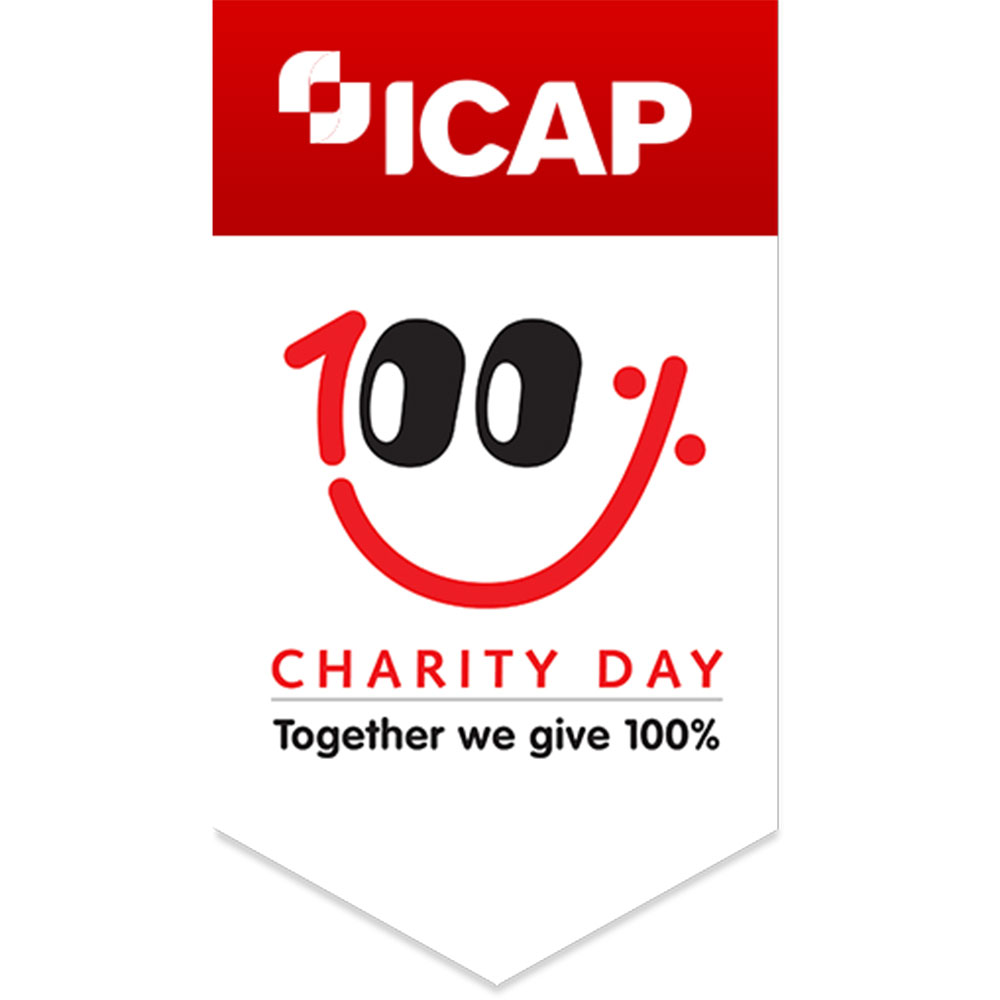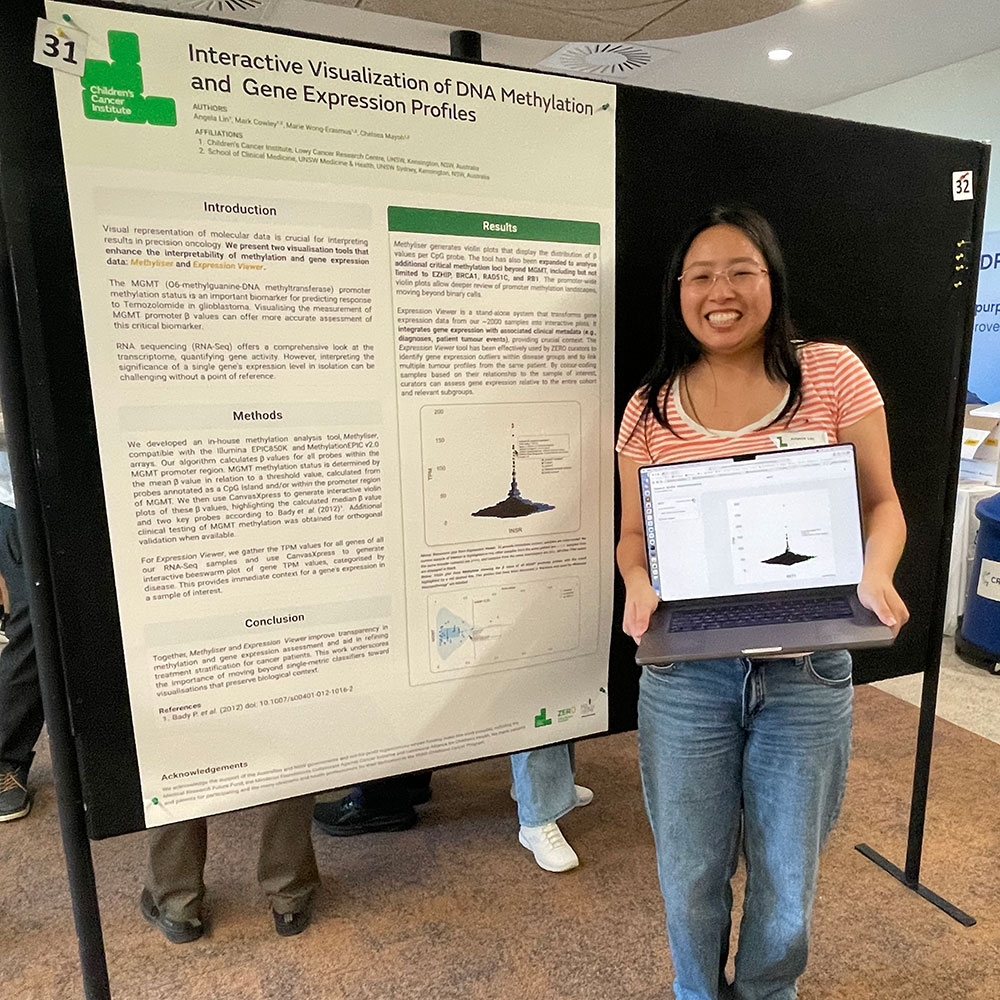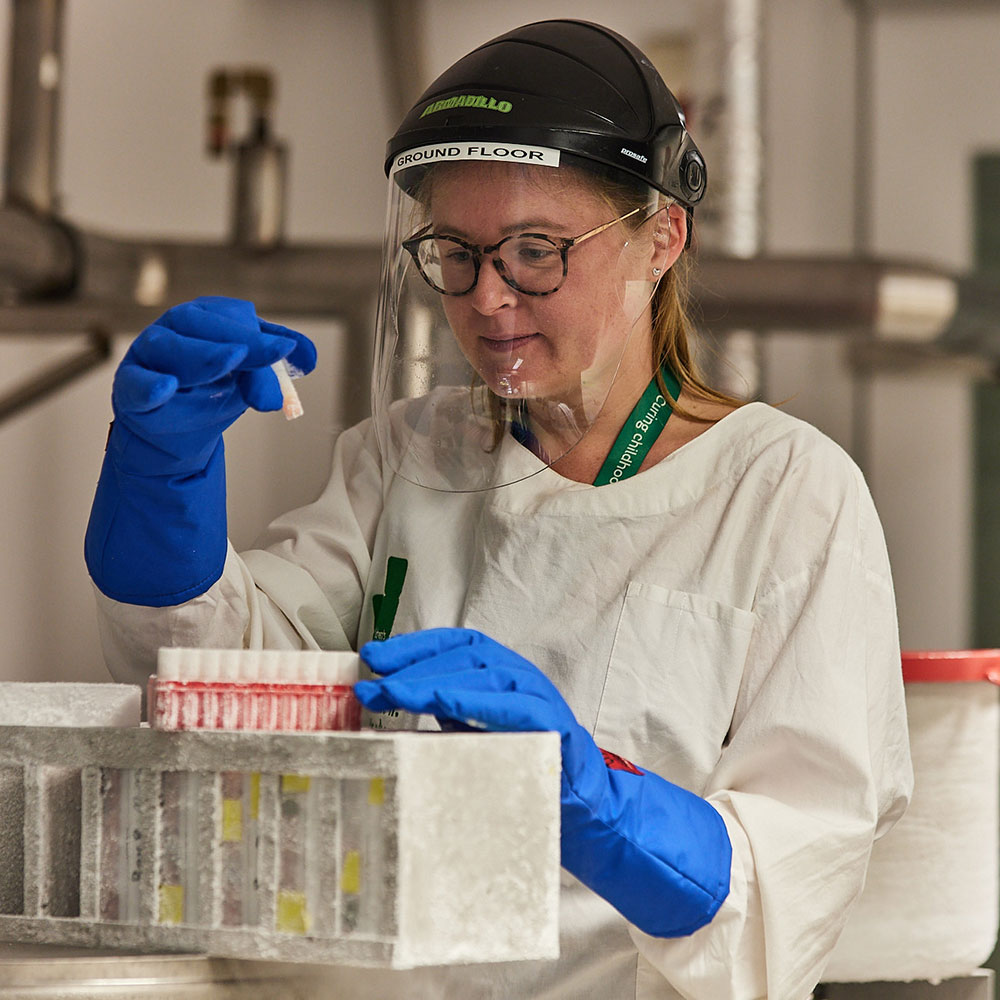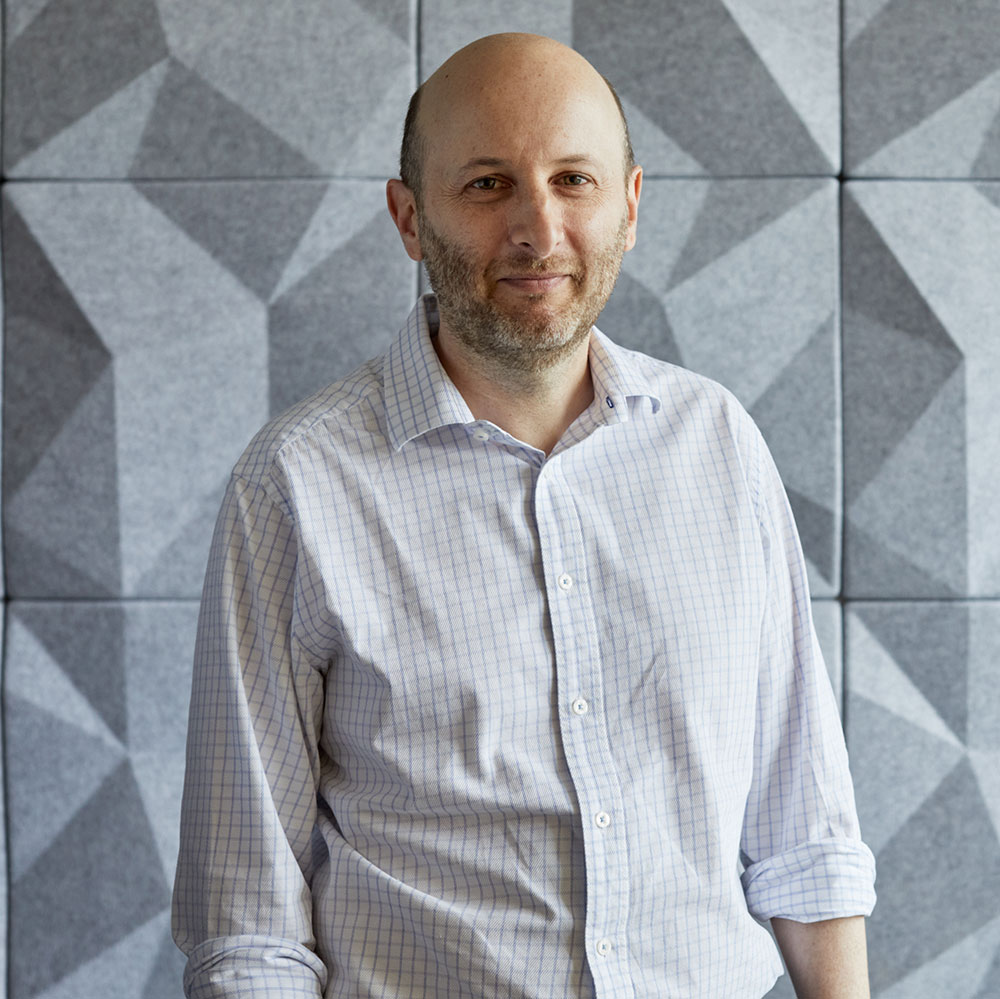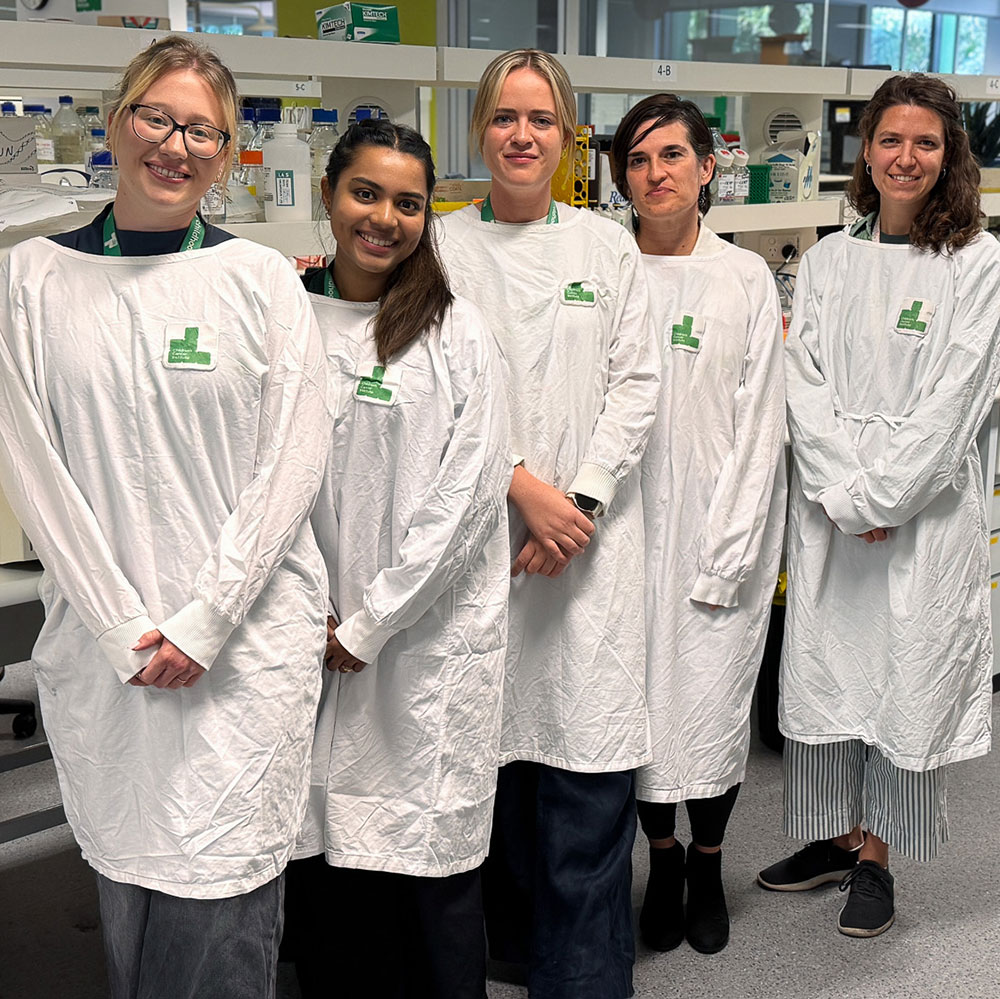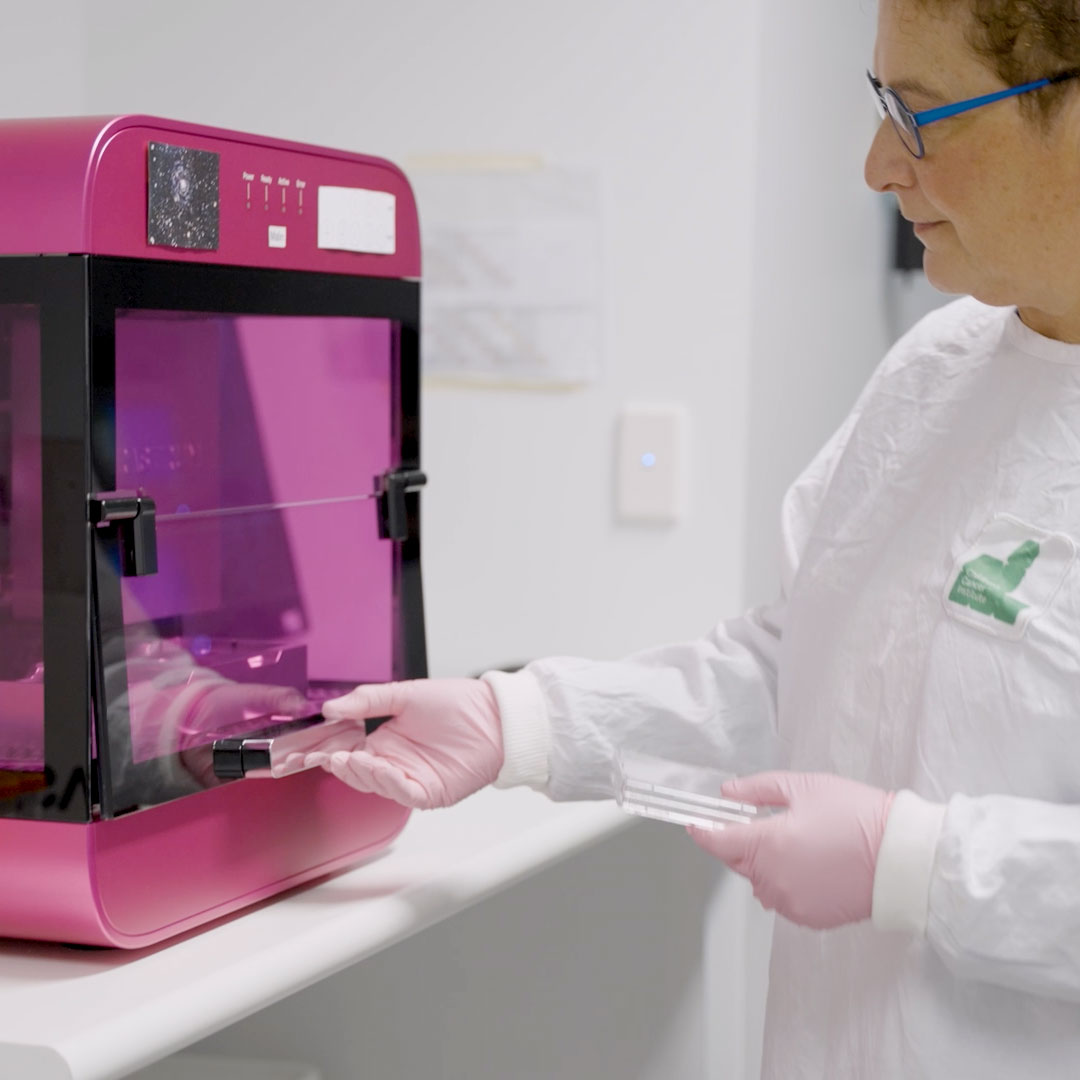In our second Sarcoma Awareness month blog, we talk to researcher Zara Barger about the unique and very special research project called ‘Anya’s Wish’.

Anya's Wish Team - Alice Salib (left), Dr Emmy Fleuren (middle), & Zara Barger (right)
Tell us about Anya's Wish: what is it, and where did the name come from?
Anya’s Wish is a research project that we’ve established here at Children’s Cancer Institute in memory of Anya Zuber, a vibrant and inspirational 19-year-old who passed away from osteosarcoma in 2020. Anya’s wish was that her body and her experience with osteosarcoma be used to help others with this terrible disease.
What’s the project trying to achieve?
The Anya’s Wish project has two main focusses. The first is to develop a kind of ‘library’ of osteosarcoma samples — a collection of sarcoma cells that can be used for research purposes. Osteosarcoma is a very aggressive type of cancer that can present in a variety of ways, so having a large set of samples to work with will allow us to gain a better understanding of both the disease as a whole and how it manifests differently in different patients.
The second focus is to find new drugs that successfully kill osteosarcoma cells and stop tumour growth, which can be used in combination with other therapies to allow for the safer treatment of this disease. Currently, the treatment of osteosarcoma is very intensive and often results in serious health problems in survivors.
What’s your role in the project?
I do all the experimental work in the lab for Anya’s Wish. I’m testing out novel therapeutics on the osteosarcoma cells we’re growing, and analysing the data from our experiments to find out what drugs are working and why. I’m also working on the development of our library of osteosarcoma samples, which involves testing a lot of different methods for culturing cells to find out what works best for each individual sample.
What motivates you in your work?
Part of what makes my job so special to me is the fact that I can see a clear image of who my research is impacting. I know that one day the work that I’m doing will help families like Anya’s, and knowing that is very motivating. Getting to participate in the fundraising events like the ‘19 for 19 Challenge’ and meet all the inspiring people raising money for this research is also incredibly encouraging, and I think really grounds this research in how it can impact entire communities.
How much progress has been made so far?
I’m pleased to say that we’ve managed to generate nine globally unique osteosarcoma cell lines. These are cells that came from osteosarcoma patients enrolled in the Zero Childhood Cancer Program that we have been able to establish and grow in the lab. We’ve already been able to use these in a variety of assays and research to help us better understand this disease.
Historically, it’s been very difficult to culture osteosarcoma cells in the lab, but we’ve been able to work out the right conditions for these cell lines to grow. This is quite exciting as it means we can test more drugs on more cells, which will give us a better understanding of why certain drugs would work for certain patients. We can look at the mutations in these cancer cells and find the common denominators, and this could help inform treatment recommendations for future patients.
We’ve also had some exciting results from one of the drugs we’ve tested (‘Drug A’), showing that this drug successfully kills osteosarcoma cells while leaving normal cells unharmed.
What are the next steps?
Our next steps involve testing Drug A in more settings, as well as in combination with other anticancer drugs, to try to prevent drug resistance. We will also be running some experiments to determine the mechanisms of action of the drug [how it works], to understand which patients it is likely to help the most.
What would you ideally like to see happen as a result of your work?
The end goal is to make sure that the right drugs get to the right patients in a timely manner.
My hope is that the drugs we’ve shown to be effective in the lab will become part of the treatment plans recommended for osteosarcoma patients, and that ultimately, we are able to provide safer and more effective therapies for these children and young people.
Whether you walk, run or cycle 19km, do 19 star jumps, run 19 laps of your local park or are able to walk 19km with us in Armidale - together we can make a difference for generations to come.
Every kilometre we embark together will help us to move one step closer to improving the outcomes for children diagnosed with osteosarcoma.
Find out more


